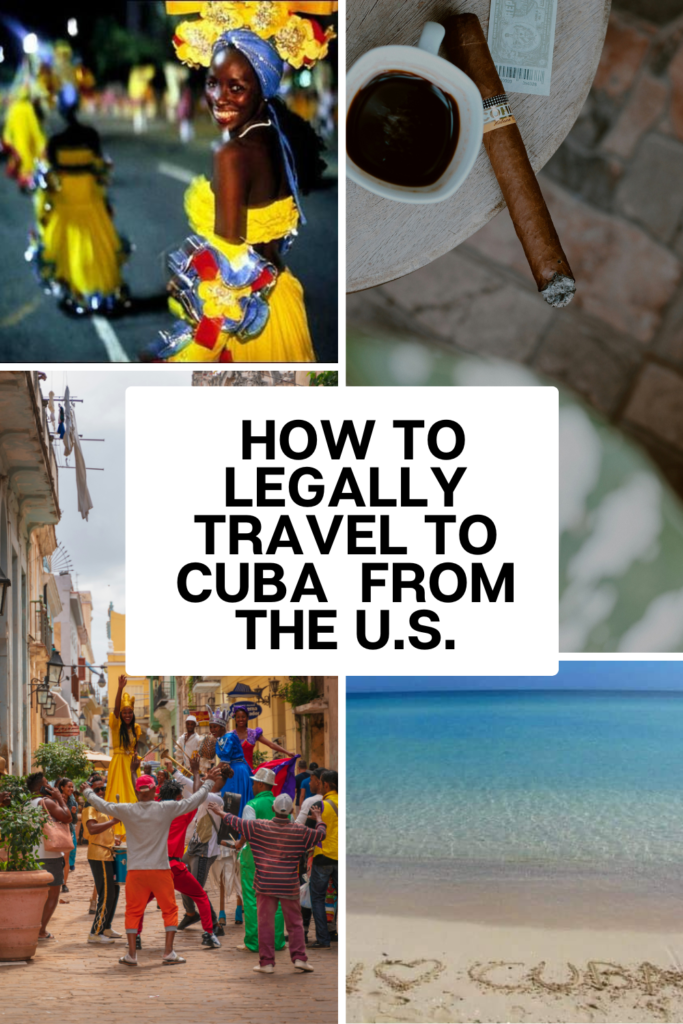Introduction
Stepping into Havana is like walking into a living, breathing time capsule where the rhythm of salsa, the aroma of rich coffee, and the vibrant colors of classic cars create a sensory feast. This Cuban capital is a mosaic of history, culture, and passion. Whether you’re wandering through its cobblestone streets, savoring its culinary delights, or dancing to its infectious beats, Havana offers an unforgettable journey into the heart of Cuban life. This comprehensive travel guide will help you navigate the legalities, pick the best time to visit, explore must-see spots, and stay safe, ensuring you experience the magic of Havana to its fullest.
How to Legally Travel to Havana from the United States
Traveling to Cuba from the United States involves some specific steps due to ongoing regulations:
- Authorized Travel Categories: U.S. citizens cannot travel to Cuba solely for tourism. However, you can visit under one of 12 authorized categories such as family visits, journalistic activity, professional research, educational activities, religious activities, humanitarian projects, and support for the Cuban people.
- Travel Affidavit: You must sign a travel affidavit declaring your category of travel. This is usually handled by airlines and travel agencies.
- Visa Requirements: Obtain a Cuban Tourist Card (visa) which can be purchased through your airline, travel agency, or directly from the Cuban consulate.
- Health Insurance: Cuba requires all travelers to have Cuban health insurance, which can be purchased at the airport upon arrival if not included in your travel package.
- Keep Records: Maintain detailed records of your travel itinerary and expenses for up to five years as proof of compliance with U.S. regulations.
Best Time to Visit Havana
Havana boasts a tropical climate, making it a year-round destination. However, the best times to visit are:
- Dry Season (November to April): Expect warm, sunny days and cooler evenings. This is peak tourist season, especially during December and January.
- Shoulder Seasons (May and October): These months offer good weather and fewer crowds. May can be slightly rainy, while October is just before the hurricane season peaks.
- Hurricane Season (June to November): Traveling during this period can be riskier due to potential hurricanes, but prices are lower and tourist spots less crowded.
Must-See Spots in Havana
- Old Havana (Habana Vieja): A UNESCO World Heritage site, its cobblestone streets, colonial architecture, and vibrant squares like Plaza Vieja and Plaza de la Catedral offer a journey back in time.
- El Malecón: The iconic seawall and promenade is perfect for sunset walks and people-watching. Stretching 8 kilometers along the coast, it’s a lively spot to experience local life.
- El Capitolio: A stunning building that resembles the U.S. Capitol, now housing Cuba’s National Assembly. The grand architecture and rich history make it a must-visit.
- Museo Nacional de Bellas Artes: This museum showcases Cuban art from colonial times to the present, offering insights into the island’s artistic heritage.
- Castillo del Morro: Overlooking Havana Bay, this fortress offers spectacular views and a glimpse into Cuba’s colonial military history.
- Fusterlandia: An artistic neighborhood in the suburbs created by artist José Fuster. The mosaic-covered buildings and whimsical sculptures are a visual delight.
- Hemingway’s Haunts: Visit La Bodeguita del Medio and El Floridita, famous bars where Ernest Hemingway spent his time, to savor a mojito or daiquiri in his honor.
Precautions and Tips
- Currency: Cuba uses the Cuban Peso (CUP). U.S. credit and debit cards do not work in Cuba, so bring sufficient cash (preferably Euros or Canadian Dollars to avoid the extra exchange fee on U.S. Dollars) and exchange it at official CADECA exchange houses, banks, or hotels.
- Internet Access: Wi-Fi is limited and can be found in hotels, certain public areas, and Wi-Fi hotspots (tarjetas) which require a prepaid internet card.
- Health and Safety: Cuba is generally safe, but like any destination, remain vigilant in crowded places. Drink bottled water and ensure your vaccines are up to date.
- Local Customs: Respect local customs and norms. Learning basic Spanish phrases can go a long way in building rapport with locals.
- Travel Insurance: Ensure you have comprehensive travel insurance covering medical expenses, cancellations, and other potential issues.
Conclusion
Havana is more than just a destination; it’s an experience that touches your soul. From its historic streets and lively music to its warm, welcoming people, the city offers a unique blend of the old and new, the traditional and the modern. Whether you’re a history buff, a music lover, or a curious traveler seeking new adventures, Havana has something to offer. Pack your bags, embrace the rhythm, and let the magic of Havana unveil itself before you. Your journey through this enchanting city will leave an indelible mark on your heart, ensuring you carry a piece of Havana with you long after you’ve returned home. Safe travels!


